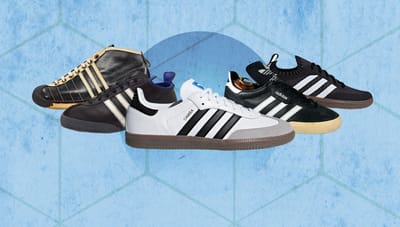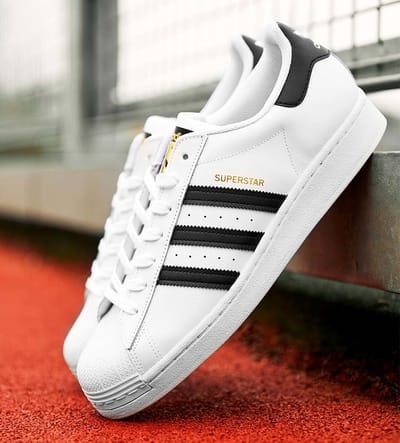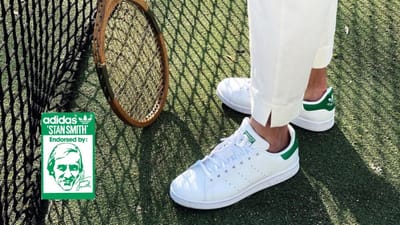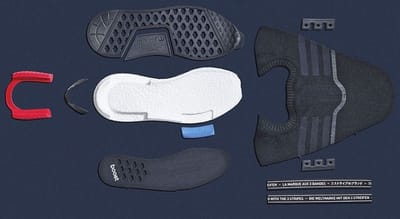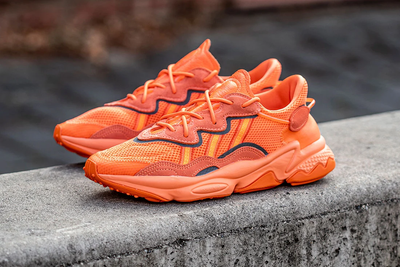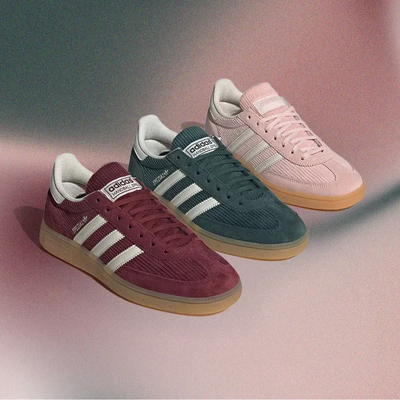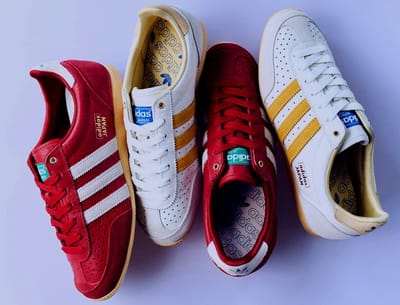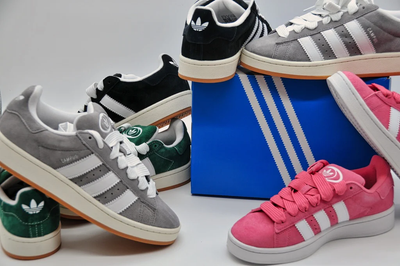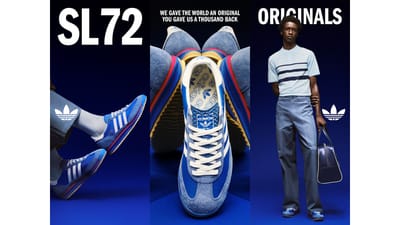The company was born from humble beginnings in the small town of Herzogenaurach in Bavaria, Germany. Adolf (Adi) Dassler was born there in 1900.
He completed school, and a short apprenticeship as a baker, but decided against baking as a long-term career. After returning from conscription in the army at the end of World War One, he learned the skills of a shoemaker, and opened a small shoe repair business at the back of his family home.
Adi’s passion for sport led him to begin experimenting with specialist footwear for athletes, and in 1924 – together with his brother Rudolf – he officially registered the company ‘Gebrüder Dassler Schuhfabrik‘ (Dassler Brothers Shoe Factory). They manufactured some of the first spiked running shoes for athletic. It was these shoes that helped 800m runner Lina Radke to a gold medal in the 1928 Amsterdam Olympic Games.
At the controversial Berlin Olympics in 1936, Adi Dassler met with up-and-coming US sprinter Jesse Owens. Whilst evidence is inconclusive, legend has it that Jesse chose to race in Dassler Brothers spiked running shoes, going on to win four gold medals. What we do know for certain is that Jesse stayed in contact with Adi Dassler after this event, and later became an ambassador for the company adidas.
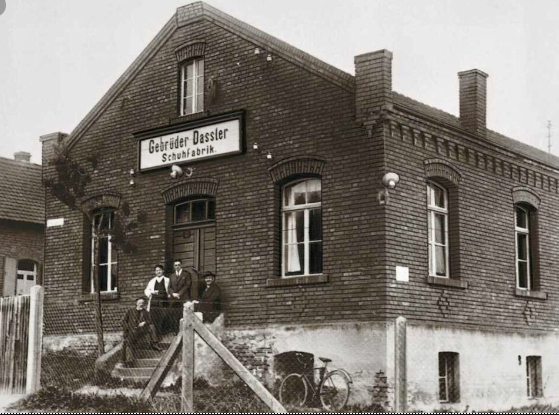
1954 – The Miracle of Bern
One of adidas’ most innovative products in the 1950s was their football boot.
“Adi Dassler’s obsession with improving the design of his football boot led him to work closely with the West German national football team.”
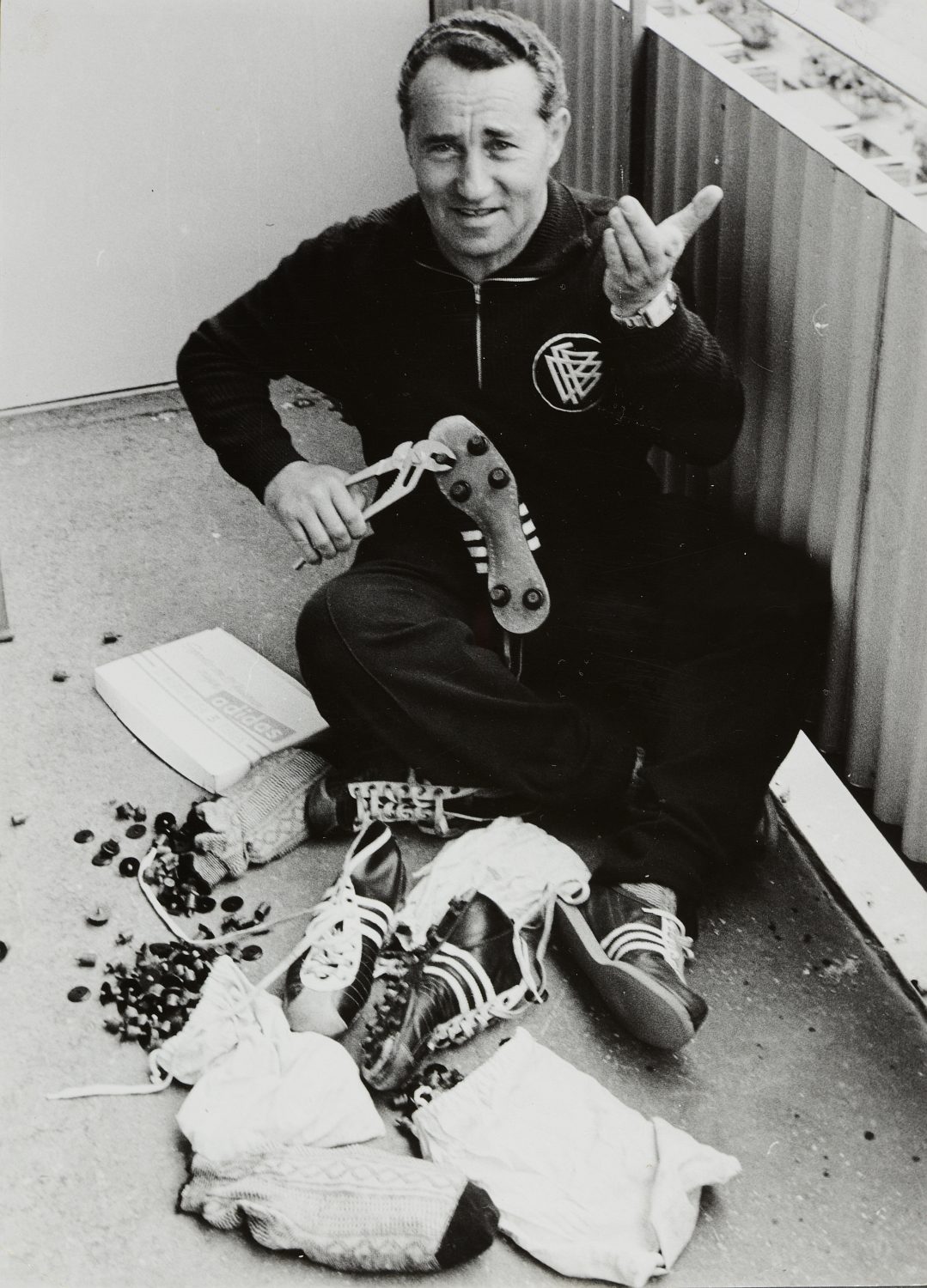
He was with them as they made surprise progress to the final of the 1954 World Cup in Bern, Switzerland. Here they were to face the favorites, a Hungarian side who had beaten them 8-3 earlier in the tournament.The adidas boots worn by the West Germans were half the weight of the traditional English-made boots worn by the Hungarians. Crucially, they also featured removable screw-in studs that could be changed to suit the weather conditions. On a wet and muddy pitch, these boots helped the West Germans claw back a two-goal deficit to produce a shock World Cup victory. Viewed around the globe on television, it was an event that put West Germany on the sporting map and made adidas shoes a household name around the world.
1967 – More than just adidas shoes
In the late 60s, adidas decided to expand its production line into apparel. Tracksuits were not a new concept for athletes, but in 1967 adidas released a suit made of new lightweight synthetic fibers, and with stylish fashion detail: The 3-Stripes were borrowed from adidas shoes and emblazoned down the arms and legs.Perhaps the real stroke of genius with this launch was the choice of German footballer Franz Beckenbauer to market the tracksuit. He was one of the most famous players in world, and once he donned the new adidas tracksuit – the ‘Beckenbauer’ was born.The launch of fashionable sporting apparel is a key milestone in adidas’ history. The style soon became popular in the USA where the jogging craze of the 1970s was taking hold. ‘Ordinary’ people could now wear adidas when out for a run – the tracksuit was here to stay.
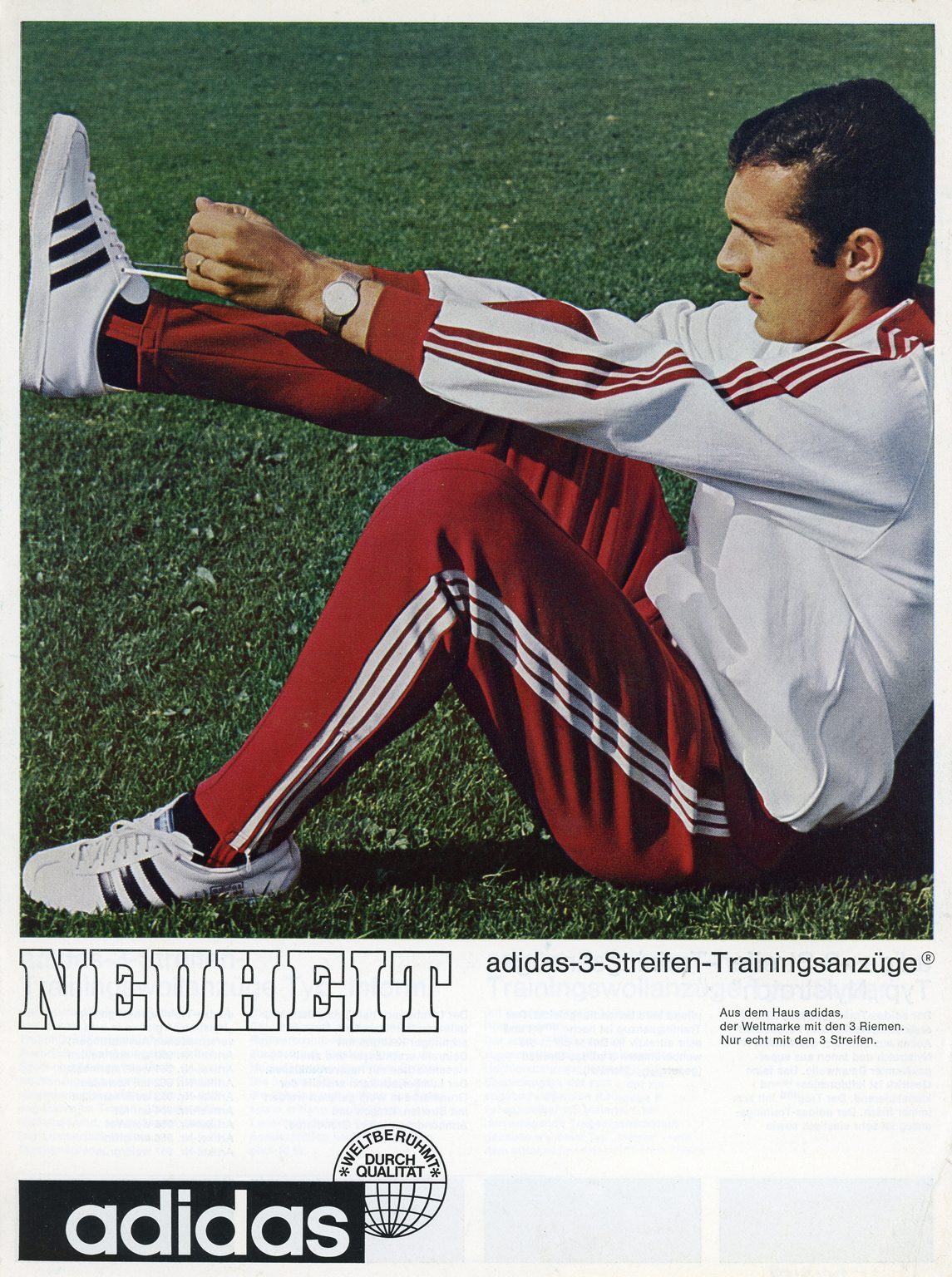
1970 – World Cup balls
“The TELSTAR ball was specially designed to show up well on black and white screens.”

Since the inception of the brand, adidas had always been synonymous with football. However, whilst they had football boots and football kits on the pitch, the balls were made by someone else. That was until 1963, when adidas started making their own balls then subsequently providing FIFA with the official match ball for the 1970 World Cup in Mexico.Matches broadcast on television were becoming commonplace and the TELSTAR ball was specially designed to show up well on black and white screens. It was the first time that a series of black and white panels were used to construct a ball… something that went on to become synonymous with football design.This began a decades-long relationship with FIFA, and adidas has supplied the match ball at every World Cup ever since.
1972 – Munich Olympics
In 1972, the gaze of the world turned to Germany as the Olympic Games arrived in Munich.It was at this event that adidas chose to launch its new logo, the Trefoil. The logo was designed to show up clearly on clothing and was used as a symbol of performance apparel, before later becoming the badge of adidas Originals, the company’s lifestyle label.
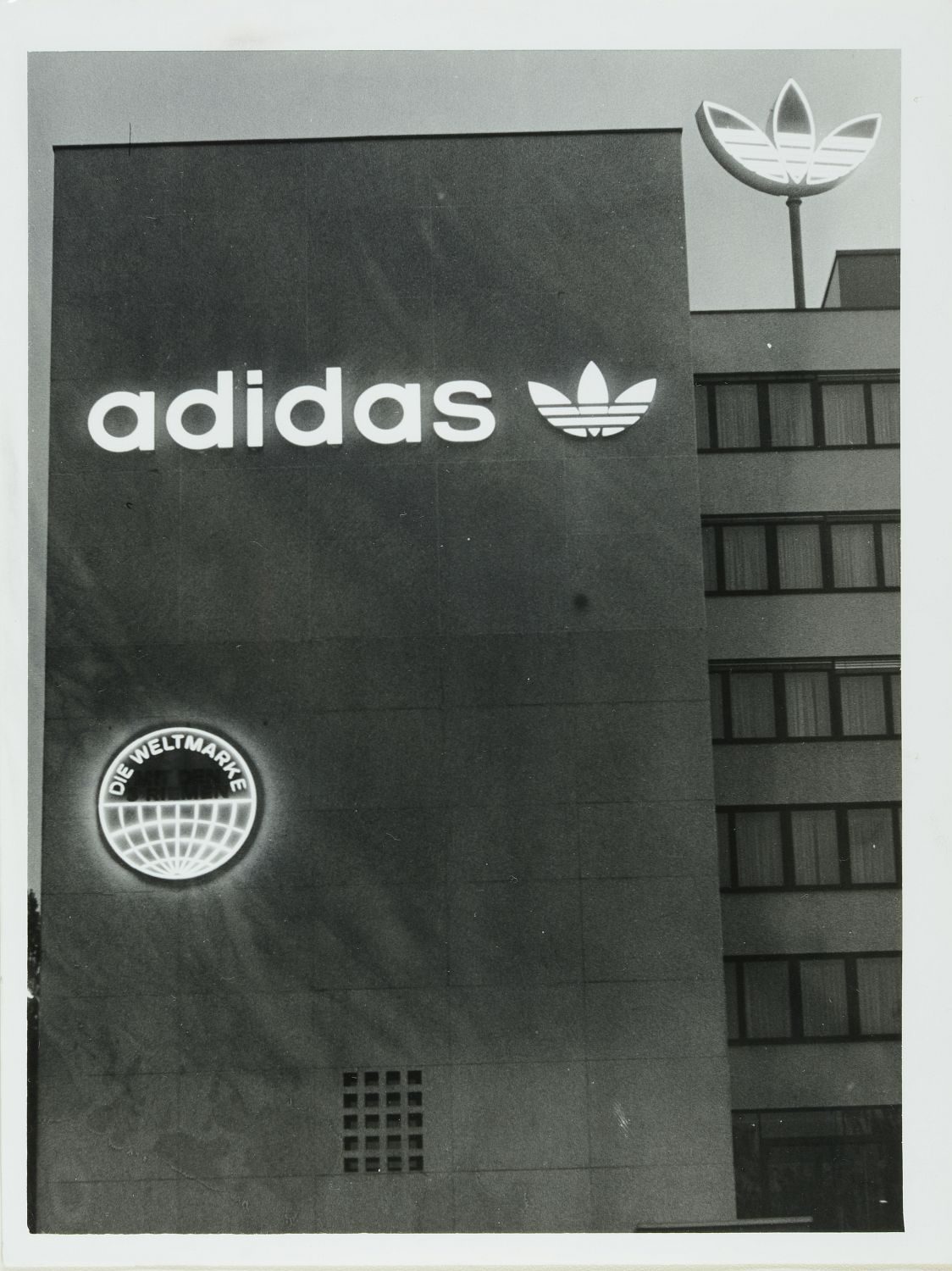
adidas’ home Olympics continued to cement the brand as the world’s leader in athletic shoe production. Here, they equipped the German Olympic team with sports apparel for the first time, as well as numerous other athletes. Memorable gold medals went to a young Ulrike Meyfarth in the high jump, and Valeri Borzov of Russia became the fastest man in the world whilst wearing adidas shoes.
1978 – Goodbye Adi
Adolf Dassler died on September 6, 1978, shortly before his 78th birthday. A man whose love of sport and entrepreneurial spirit helped to redefine the sporting goods industry, and create a new benchmark in performance clothing and footwear. He left behind a flourishing company which was taken over by his wife Käthe, with the support of their son, Horst. The end of one Dassler era became the start of another.
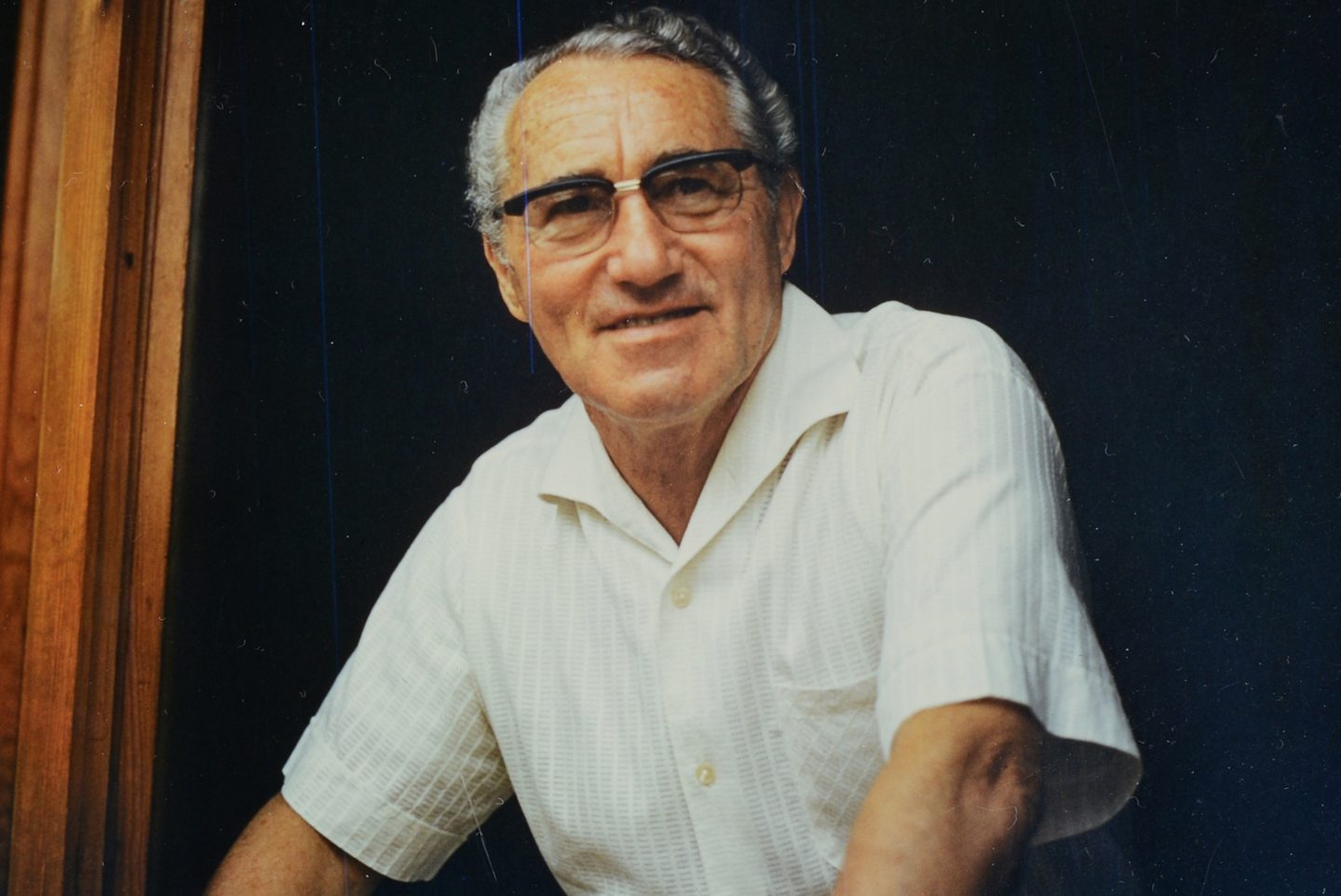
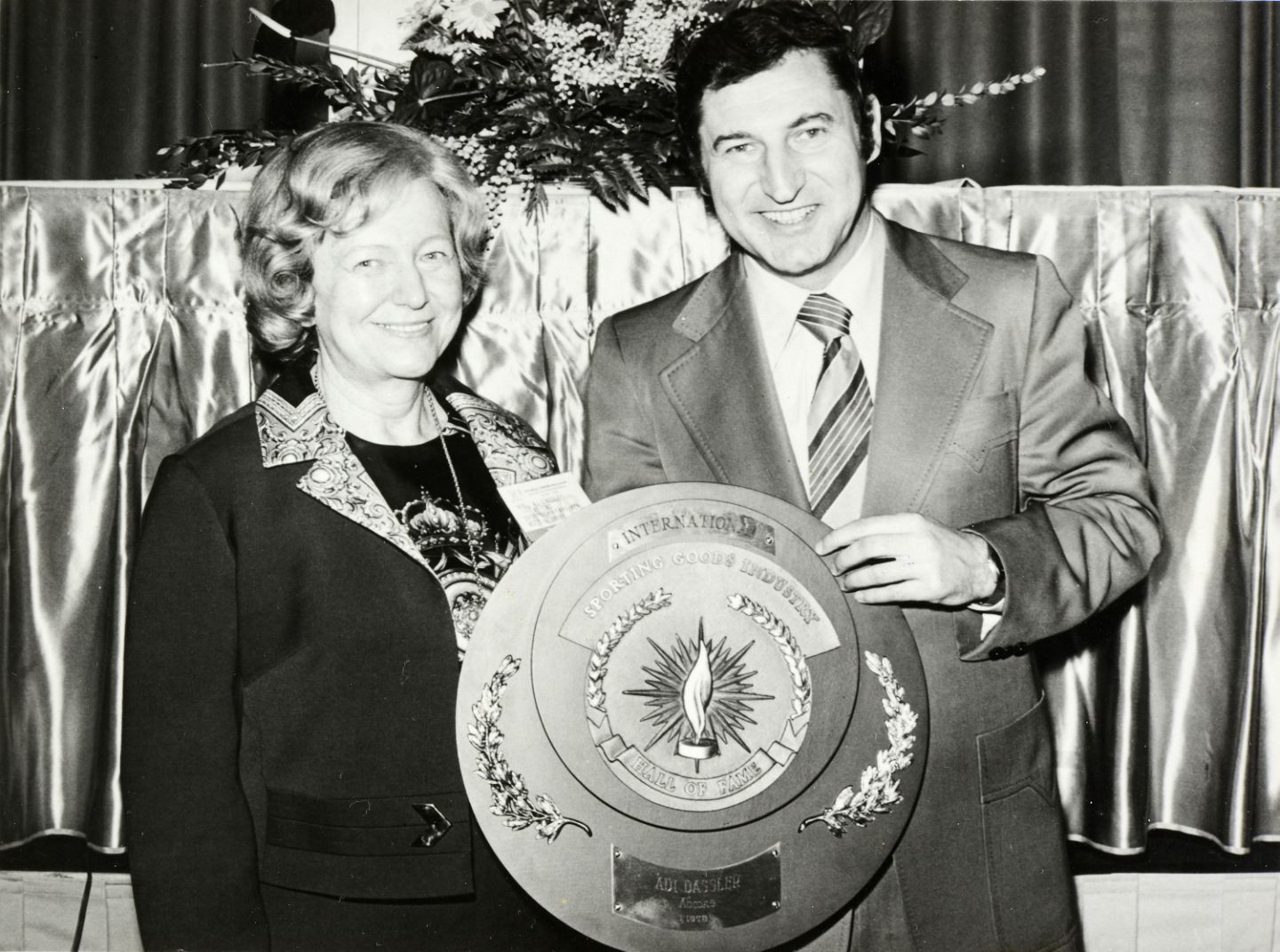
Käthe and Horst Dassler in 1978. They ran the adidas business together after the death of Adi in 1978. ©adidas Archive
1986 – New markets. New style.
“The Superstar soon crossed over into street fashion.”
1986 saw the foundation of adidas USA, recognizing the potential in the American sportswear market. One early success was the iconic Superstar sneaker, that started its life as a technical basketball shoe. The Superstar soon crossed over into street fashion and its iconic status was confirmed when US hip hop group Run DMC started to wear adidas as part of their signature look. Their love of adidas sneakers was then immortalized in the song “My adidas”. adidas itself only found out about this love story when an employee attended a Run DMC concert and saw the hip hop stars hoist their adidas shoes in the air in front of 40,000 fans. This event kickstarted the first-ever endorsement deal between a music act and a sports company and began a life-long relationship that continues to this day.
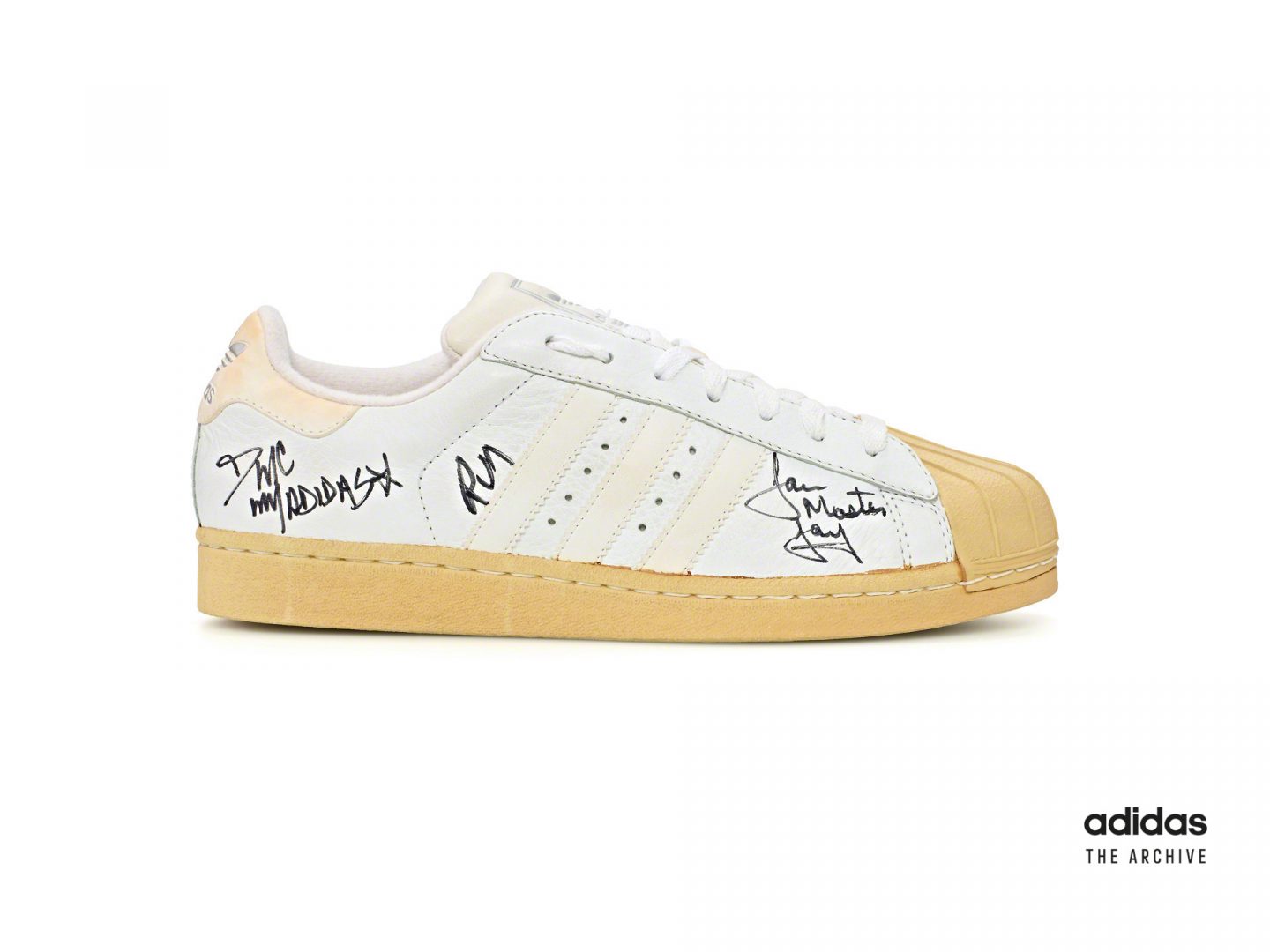
1989 – The end of an era
Horst Dassler died unexpectedly in 1987, aged just 51. It was only three years after his mother Käthe passed away, and it signaled a change in how the business was run. In 1989, adidas changed its name to ‘adidas AG, Stock Corporation’ and was listed on the German stock exchange for an initial value of 50m Deutschmarks. Between 1990 and 1992, the remaining Dassler family members sold their majority shareholding and for the first time the company was no longer owned by the Dassler family.The following years were a difficult period for the company. Poor decisions made by the new management led to a record loss in 1992 and almost led the company to bankruptcy. adidas was crying out for new leadership and a new direction.
1993 – Making a comeback
Help arrived in the form of Robert Louis-Dreyfus who took over the company reins in 1993. With his partner Christian Tourres, he realized that adidas did not need to be reinvented. It simply needed to focus on what it was already doing well. Louis-Dreyfus ramped up the adidas marketing machine to spread the word about the company’s great product. The innovation already going into adidas shoes and apparel became the focus, and this helped steer the business back to growth.
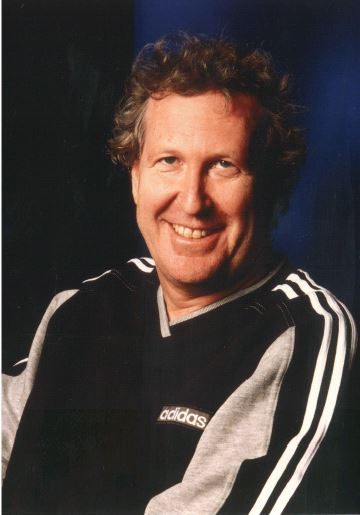
“We knew then. We know now.”
In 1995, six years after becoming a corporation, adidas went public. Their marketing slogan of the time gave a nod to how far the business had come: “We knew then. We know now”. This was also the year of the first adidas website, and a year later in 1996, the Badge of Sport was adopted as the company logo.
adidas background: 1990s innovation
Whilst adidas may not have communicated their amazing products well in the early 90s, some of the most successful adidas concepts were actually born in this era. These include the new premium product line of ‘adidas Equipment’ in 1991, and the Predator football boot which launched in 1994.

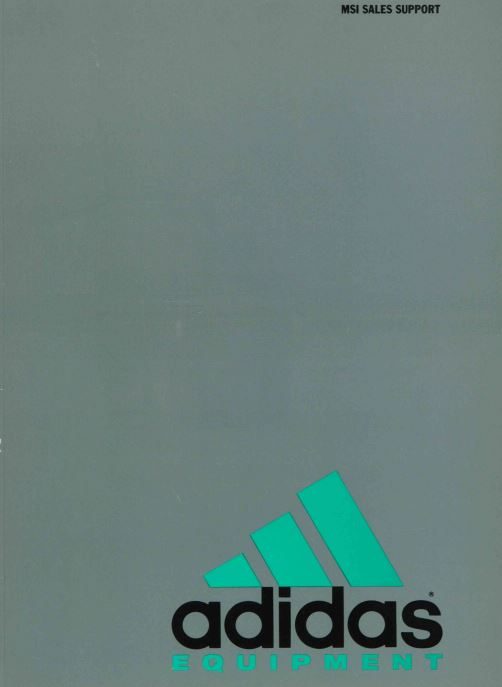
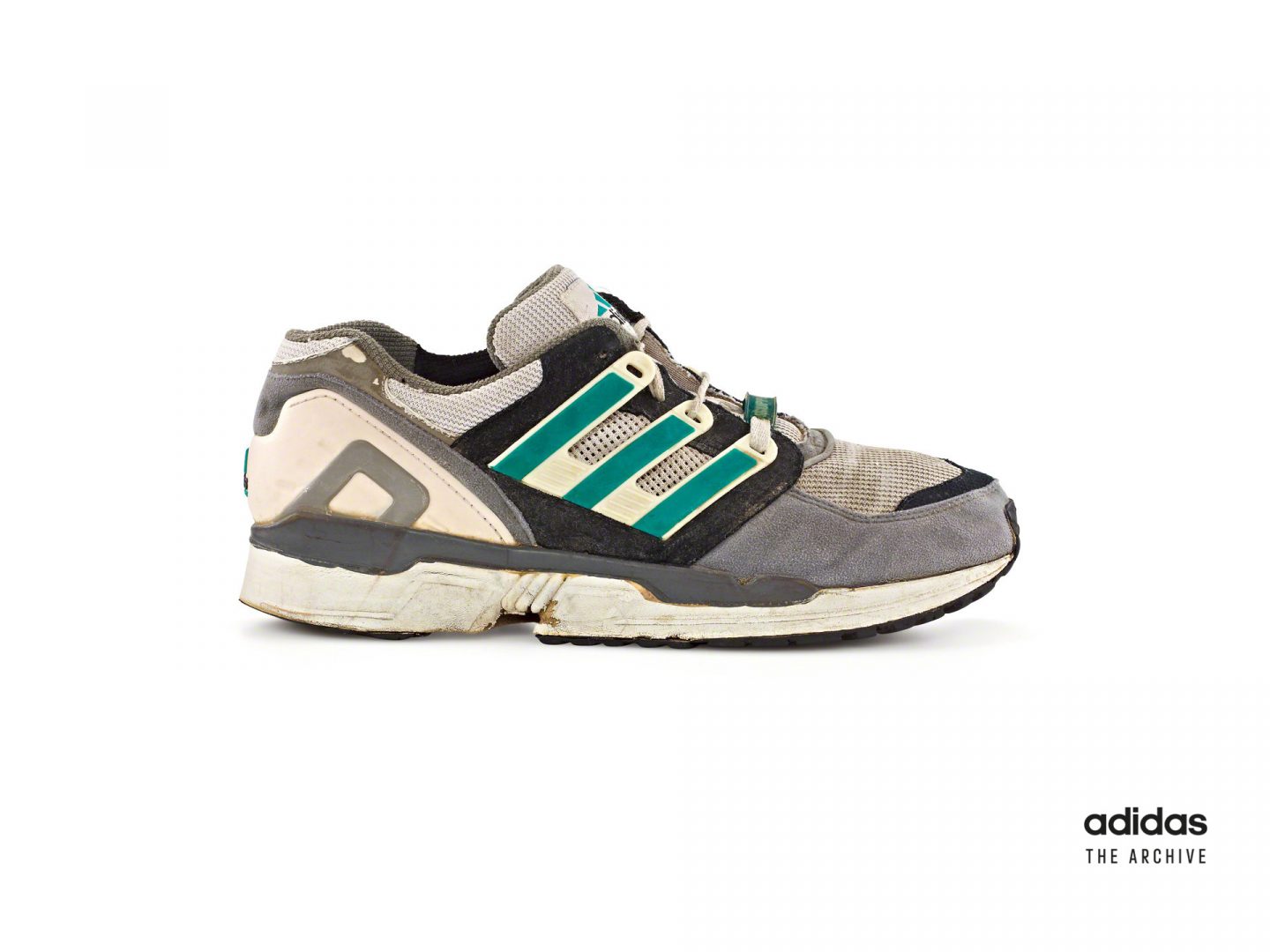
1997 – The creation of adidas-Salomon AG
One of Robert Louis-Dreyfus’ biggest decisions as CEO was to expand the company’s reach by buying into new markets. In 1997, adidas acquired Salomon Group in a deal worth 942m Deutschmarks. The acquisition brought with it the brands Salomon, TaylorMade, Mavic and Bonfire, opening up new opportunities in snow sports and golf. The group of companies then became known as adidas-Salomon AG.
“2019 saw the opening of the new HALFTIME and Arena buildings, then in 2021 the new HOMEGROUND complex was built.”
The value of the adidas-Salomon AG stock had climbed a long way since the difficult years of the early 90s. In 1998, the company’s stock was admitted to the DAX30, the stock market index which lists Germany’s 30 most valuable companies trading on the stock exchange. Adidas has remained there ever since.1998 also marked the start of construction of the ‘World of Sports’. In partnership with the town of Herzogenaurach, adidas-Salomon AG purchased a former US military base on the outskirts of the town and started to build their new headquarters. The staff moved in in 1999 and the campus has been extended multiple times since then. 2019 saw the opening of the new HALFTIME and Arena buildings, then in 2021 the new HOMEGROUND complex was built, initially to host Germany’s national football squad during the UEFA EURO 2020 competition.
adidas background: 2001 – ‘Hallo Herbert’
In 2001, Herbert Hainer became the new CEO of adidas-Salomon AG and the company doubled down on its obsession with innovation. Key adidas shoes from that period include the launch of the adizero (2004) and the F50 football boot, which was released in time for the 2004 European Championship. 2001 also marked the publication of adidas’ first ‘Social and Environmental Report’ demonstrating a commitment to sustainability that continues to this day.
adidas background: 2004-2006 – An ‘Impossible’ time
2004 saw the launch of one of the company’s most popular marketing campaigns. The biggest adidas athletes on the roster faced their fears and failures to show that ‘Impossible Is Nothing’. It is a mantra that is still guiding the company and its employees today.In 2005, adidas made the decision to divest the Salomon part of its portfolio, and (excluding the golf label Taylor Made) sold those brands to Amer Sports. A year later, adidas acquired Reebok, bringing together two of the most historic sports brands in the industry. In June 2006 the company was renamed adidas Group.
adidas background: 2013 – The future of running?
Some innovations in the sporting goods industry are so unique and successful that they become part of a brands identity. For adidas shoes, that innovation is the energy return cushioning midsole called Boost. It was created in cooperation with the German chemical company BASF and first launched in 2013.
adidas background: 2015 – Creating the New
The launch of the new five-year strategy – ‘Creating the New’ focused adidas on becoming an open-source company where athletes, consumers and partners were part of the brand. This began a period of enhanced collaboration that still continues to this day. adidas teamed up with the likes of Pharrell Williams, Kanye West, and Lego… to name but a few.
adidas background: 2016 – New leader. New digital vision
After 15 years at the helm of adidas, Herbert Hainer passed the CEO baton to Kasper Rorsted in October 2016. Kasper came to the adidas Group from the leading consumer goods company Henkel and began a period of transformation in the company to drive success in the digital era.
adidas background: 2019 – 2021
The company celebrated its 70th year with a huge party on its campus in Bavaria. It was also the year that its collaboration with Beyonce Knowles and Ivy Park began. A year to reflect on how far the company has come, whilst looking to the future with one of the hottest collaborations in the company’s history.The global coronavirus pandemic of 2020-2021 was a challenging time for companies all over the globe. Emerging from this difficult period, adidas looked to the future: Kasper Rorsted extended his leadership of the company for another five years, the divestiture of the Reebok brand was announced, and a new five-year strategy ‘Own the Game’ was launched. It highlights a focus on credibility, consumer experience and a commitment to sustainability.

